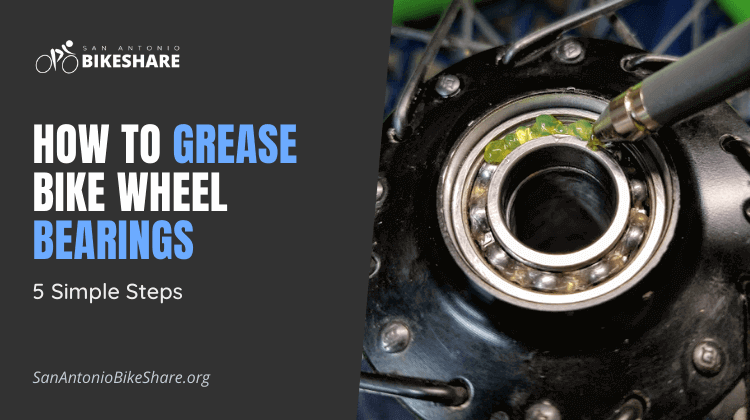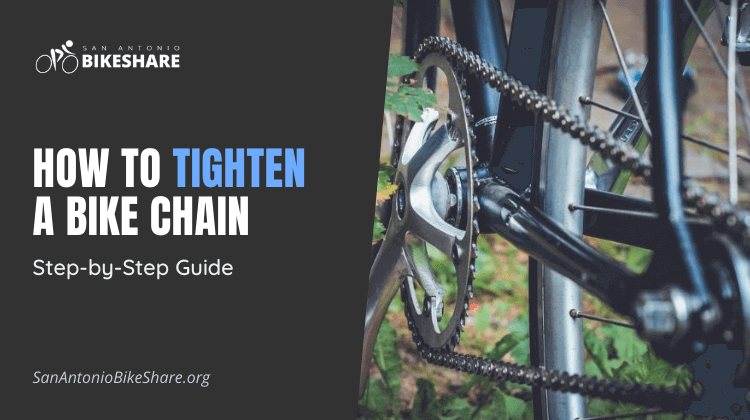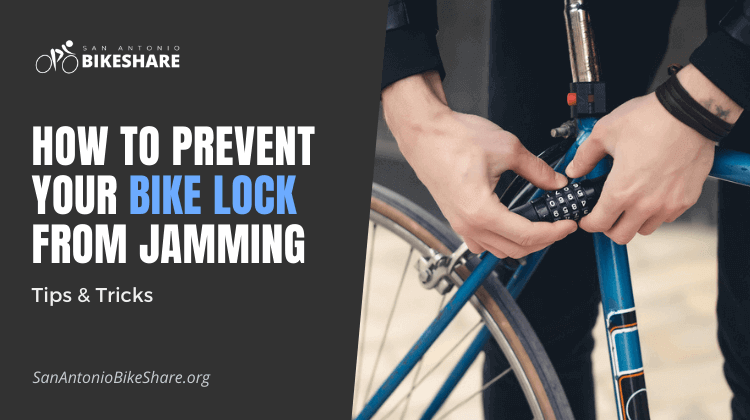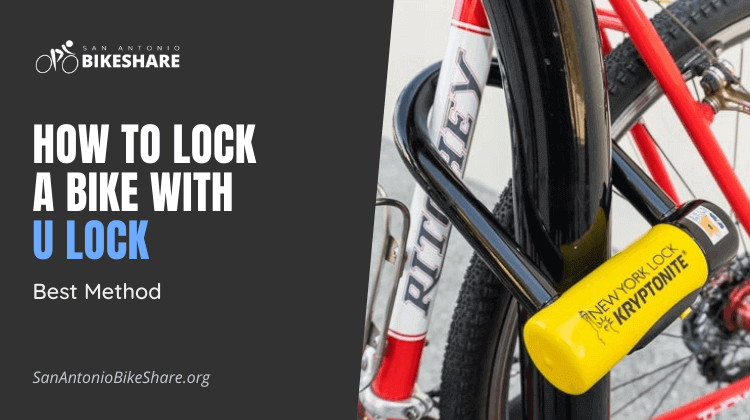How to Grease Bike Wheel Bearings | 5 Simple Steps
It is extremely important to know how to grease bike wheel bearings because nothing is more important to a bike than understanding the need for proper maintenance. This will ensure that you have a pleasant ride without any surprise breakdowns and that your bicycle will endure a long time.
Wheel bearings are one of the components that must be cleaned and maintained regularly. This maintenance should be performed every 500 miles for conventional bikes and every 100 miles for mountain bikes. But are you aware of how to lubricate bike wheels bearings? Let’s explore!
How to Grease Bike Wheel Bearings
Before you start to learn how to grease bike wheel bearings, the first step should be to double-check that you have all of the necessary tools. This reduces the likelihood of misplacing minor components while moving about.
To grease your bike’s wheel bearings, you’ll need the following items:
- An old cloth
- Bike grease
- 17 mm wrench
- 15mm cone wrench
- A socket tool (optional)
- Soap and water
- A magnet (optional)
- A new pack of ball bearings (optional)
Step 1: Remove the Wheel
If you don’t know how to remove a bike wheel, you might be getting ahead of yourself if you want to grease the bearings. Fortunately, it won’t be too difficult for you.
Always begin by removing the front wheel, as it is the simplest to remove. Start by removing the rim and cantilever brakes to relieve stress.
Flip the bike over to remove the axle, or open the quick release and push the wheel up to remove it. Repeat the wheel for the back wheel bearings once you’ve greased and reinstalled the front ones.
Step 2: Remove the Locknut
You can now remove the locknut after you’ve removed the wheel. Locate the locking nut on the wheel with the adjustable wrench.
With the wrench firmly in place, begin to loosen the locknut. It’s vital that you maintain the wheel on the ground and hold on to the bearing cone.
As you loosen the locknut, the components will not rattle about unnecessarily. At this point, you should not attempt to open the bearing cones.
Take a tight grip on the axel from the side that is still attached. Unlock the locking nut until it’s almost completely removed.
Move the axel to one side to free the bearing cone. For this, you’ll need a 15-millimeter cone wrench. Unscrew the screw until it is loose enough to remove with your hands.
After removing the axel from the cylinder or hub, set it aside.
Step 3: Clean and remove the bearings
At this point, the bearings are clearly apparent. Although you can remove them with your fingers from the hub’s well, a magnet will make it much easier.
When riding, dirt and other debris can enter into the axel and hub well. If left unchecked, this will have an impact on the performance of your bicycle.
Before applying lubrication to bicycle bearings, such dirt must be removed. With the cloth, clean grease and grime from the hub, cones, and bearings.
Using the towel, wipe the grease and dirt off the hub, cones, and bearings. After that, inspect the bearings for rust, as well as the hub and cones for fractures and damage.
If the bearings and other parts are rusty or damaged in any way, it’s preferable to replace them. Your bike will be able to serve you efficiently after maintenance. Local bike shops sell bearings and parts such as the axle and hub.
Step 4: Lubricate the Bearings and Other Parts
Use an applicator or your hands to extensively grease the well that holds the bearings if you don’t mind getting your hands dirty. In the same way, place the bearings within the well.
To guarantee maximum lubrication, use grease in the well and on the bearings when cycling. In the same way, assemble the bearings on the opposite side of the hub.
Step 5: Reassemble
After cleaning and greasing the components, you can reassemble them. Begin by screwing the bearing cone into place, taking care not to overtighten it.
To determine if you’ve screwed in the cone correctly, test whether the bearings roll freely and without creating weird noises. Replace the locking nut and double-check the bearings if everything appears to be in working order.
Conclusion
Are you now fully aware of how to grease bike wheel bearings? Each step has been described in detail, and necessary tools have been mentioned. All these minor details accumulated will definitely help you to lubricate bike wheel bearings and keep the bikes up to date.







